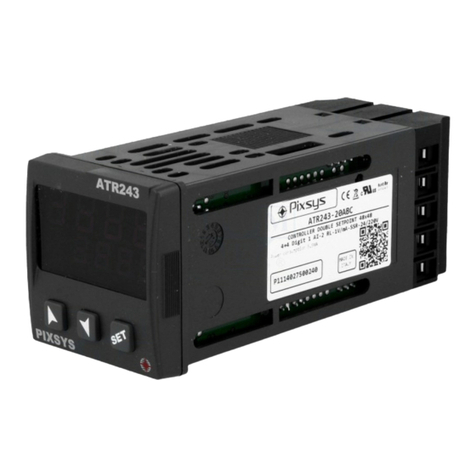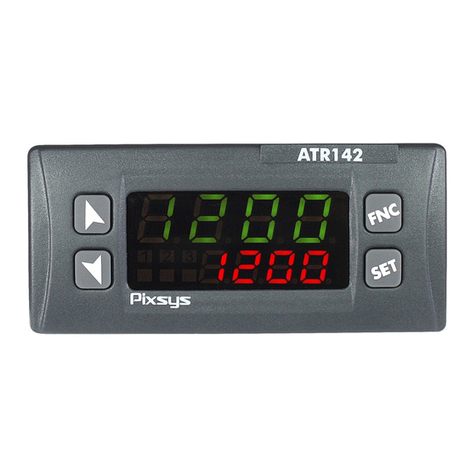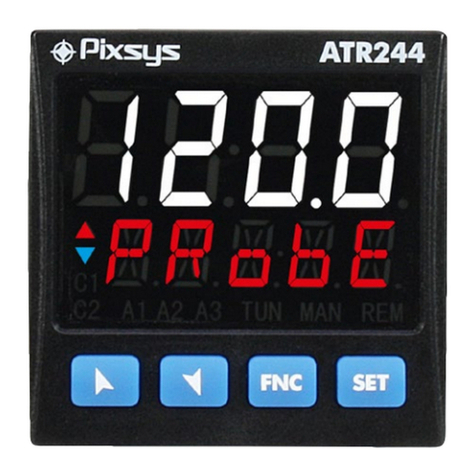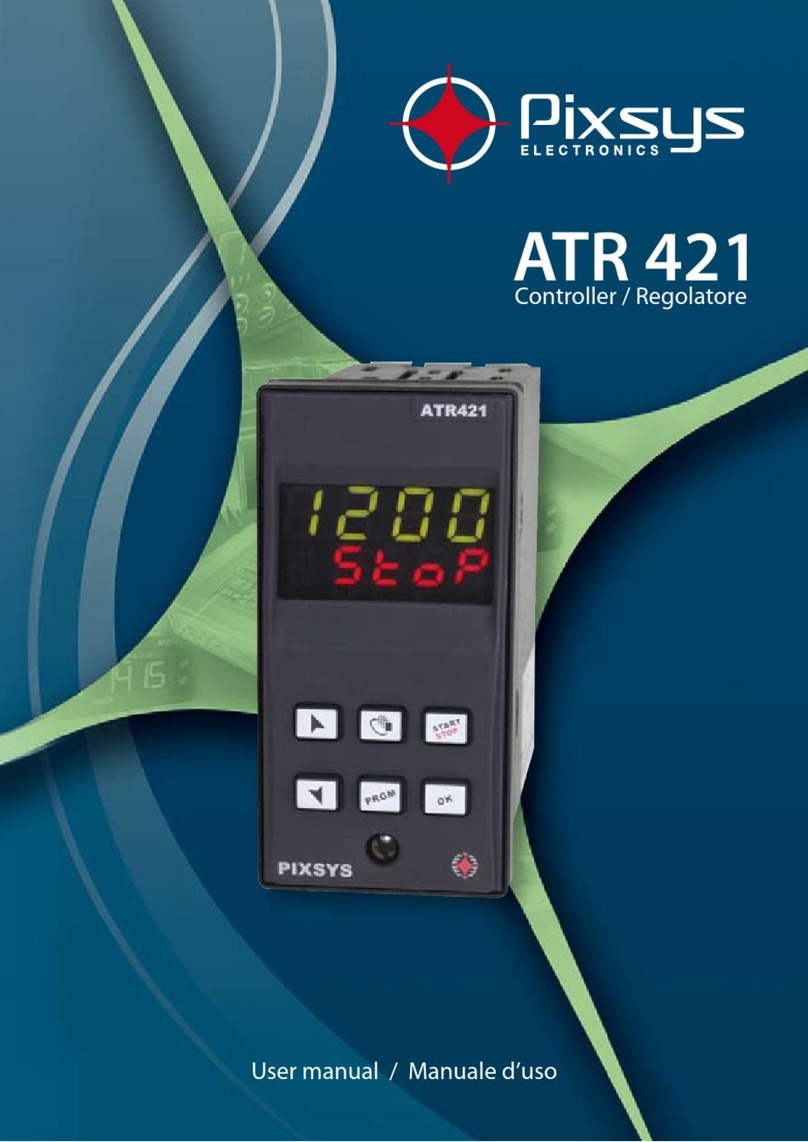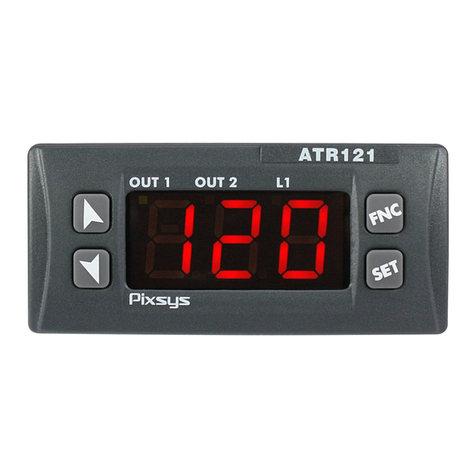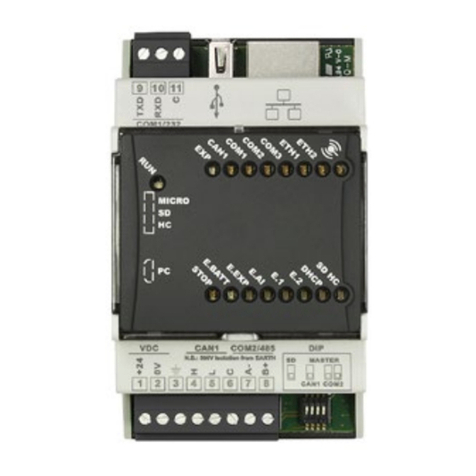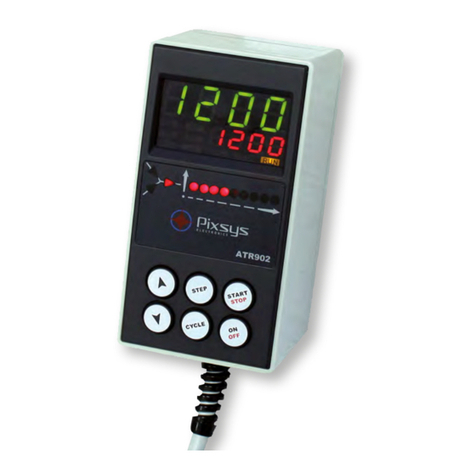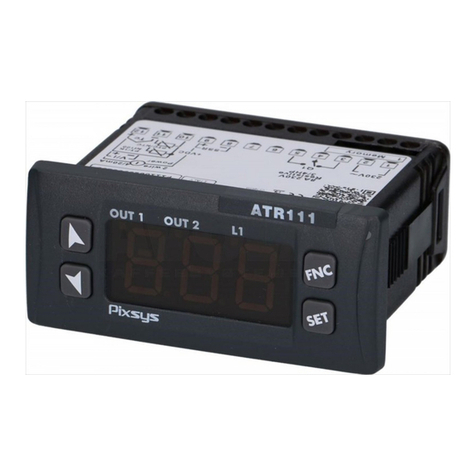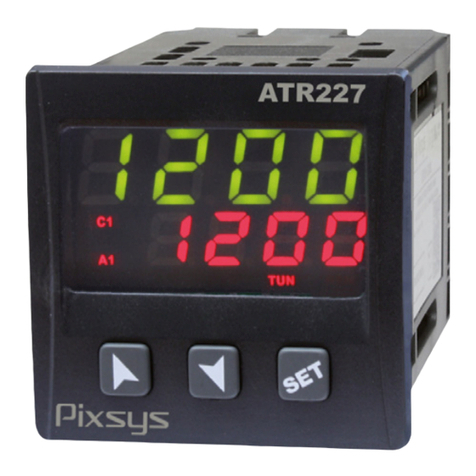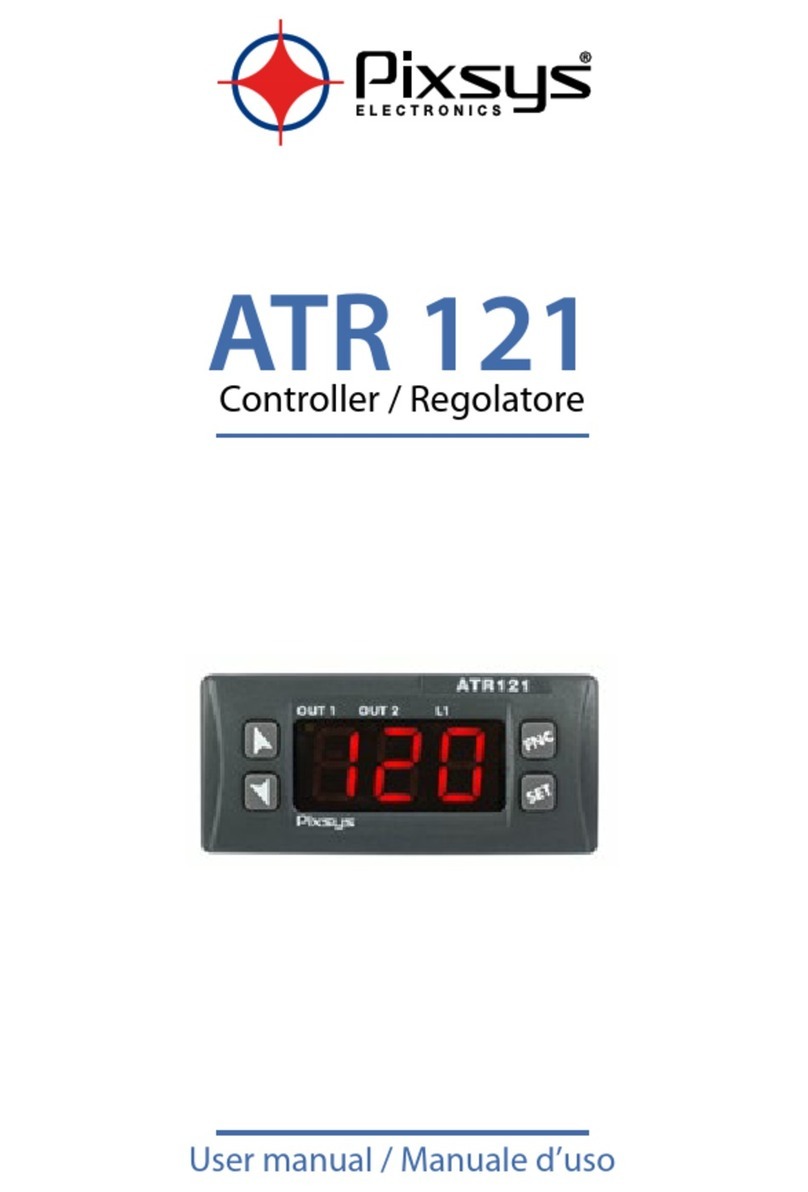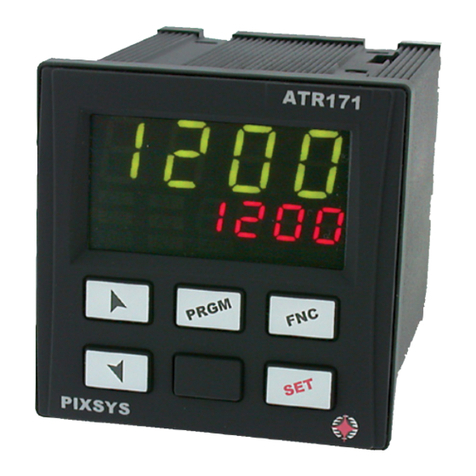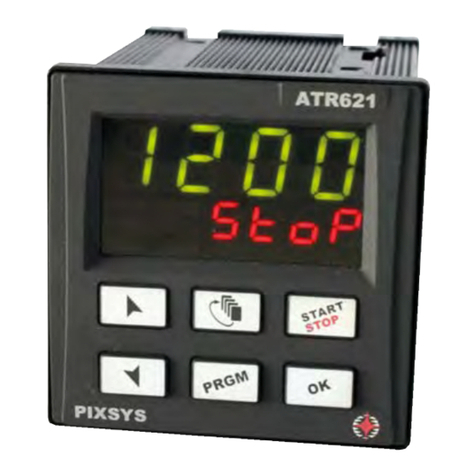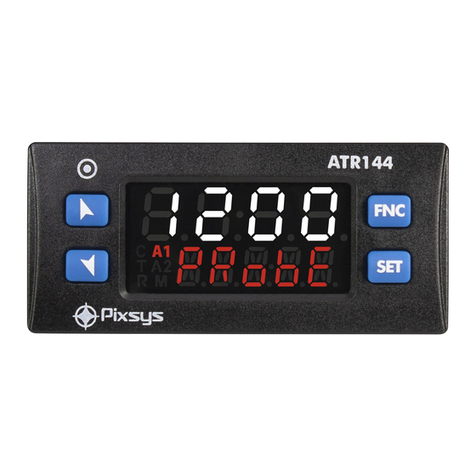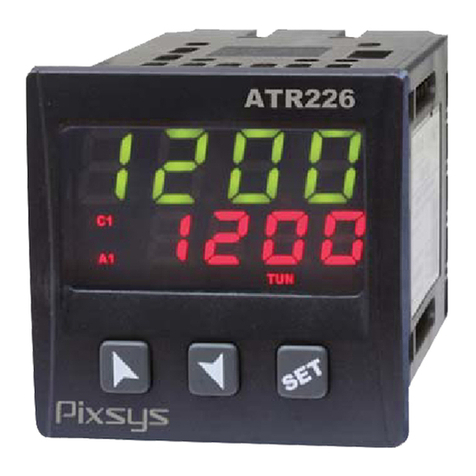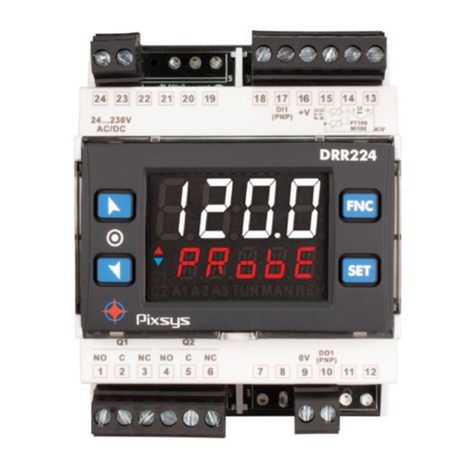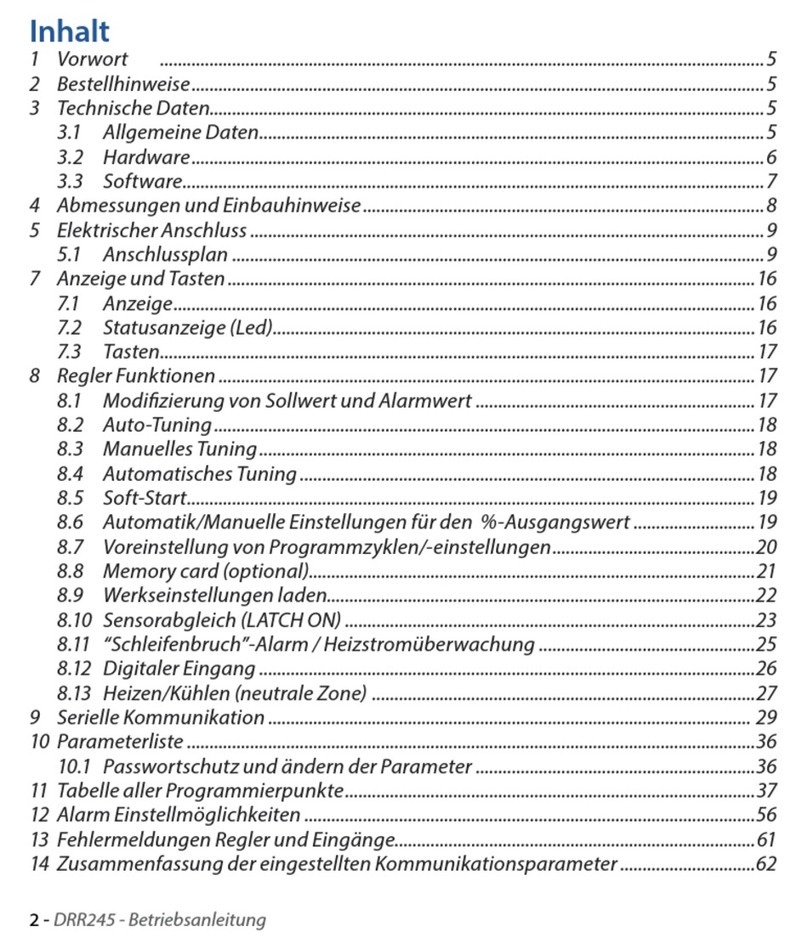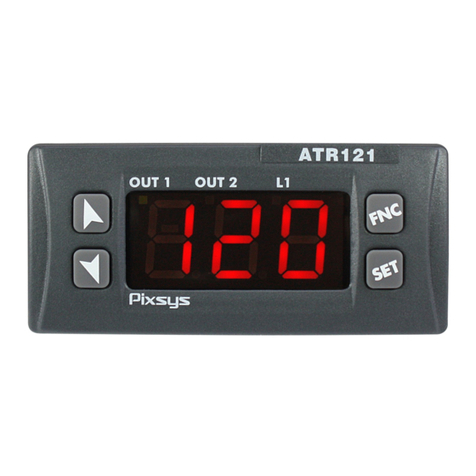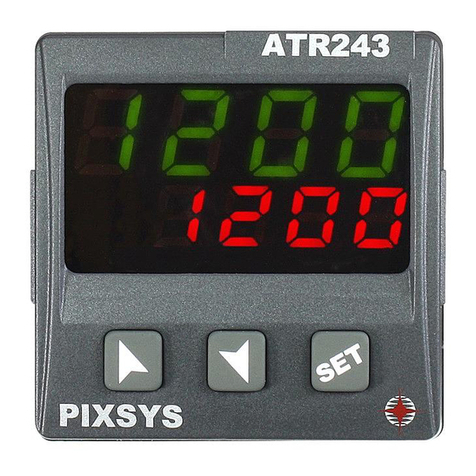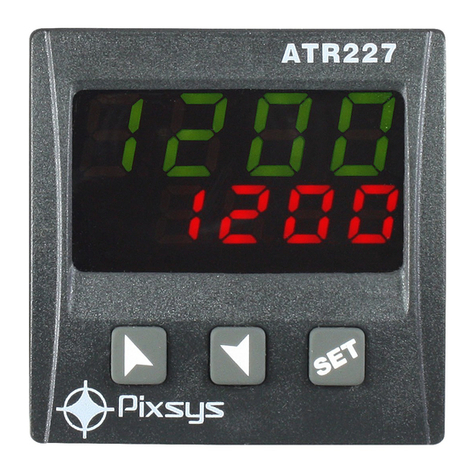
2
Summary
1 Introduction...........................................................................................4
2 Model identification...............................................................................4
3 Technical data......................................................................................4
3.1
General features......................................................................................... 4
3.2
Hardware features...................................................................................... 5
3.3
Software features ....................................................................................... 5
4 Dimensions and installation..................................................................6
5 Electrical wirings...................................................................................7
5.1
Wiring diagram ........................................................................................... 7
6 Displays and keys functions ...............................................................11
6.1
Numeric Indicators (Displays) .................................................................. 11
6.2
Meaning of Status Lights (Led) ................................................................12
6.3
Keys.......................................................................................................... 12
7 Controller Functions ...........................................................................13
7.1
Modifying Main Setpoint and Alarm Setpoint Values ............................... 13
7.2
Auto-tune.................................................................................................. 13
7.3
Manual Tuning.......................................................................................... 13
7.4
Automatic Tuning...................................................................................... 14
7.5
Soft Start................................................................................................... 14
7.6
Automatic/Manual Regulation for % Output Control ................................ 15
7.7
Pre-programmed cycle............................................................................. 16
7.8
Memory Card............................................................................................ 17
7.9
Loading default values.............................................................................. 18
8 LATCH ON Function...........................................................................18
8.1
Loop Break Alarm on Amperometric Transformer TA.............................. 20
8.2
Digital input Functions.............................................................................. 21
8.3
Dual Action Heating-Cooling .................................................................... 22
9 Serial Communication ........................................................................24
10 Configuration......................................................................................29
10.1
Modify Configuration Parameter............................................................... 29
11 Table of Configuration Parameters.....................................................30
12 Alarm Intervention Modes...................................................................41
13 Table of Anomaly Signals...................................................................45
14 Summary of Configuration parameters...............................................46
